
Region:Europe
Country:Netherlands
Han de Kluijver
Creating space in art and architecture
With my glass objects I aim to build a bridge between architecture and sculpture. Of course, there are boundaries between both disciplines: architecture is bound to the wishes of a client, must adhere to the laws of a built structure and is often more pragmatic in nature. Architecture cannot be fiction, whereas art can.
My glass objects only have a visual function, in contrast to architectural structures. But they do tell a story and are conceptual in a way no building could be. As an architect you create space with the help of glass walls and facades. My glass objects only create space in a figurative sense. They are a metaphor for the literal space that architecture provides.
Search for the right forms
Yet, there are more similarities than differences. Like architects, artists go through a creative process, they use light and space, stimulate the senses and with their designs challenge you to reflect and interact.
The design process is the same in both architecture and the arts. Designing requires a specific attitude and a certain obsession. Once you have mastered that attitude, you can design objects as well as buildings or even parts of a city.
The long process from design to realisation of a building and the many possibilities that glass offers in architecture, were reasons for me to start working with glass. At first, I was mostly interested in form studies that I could extrapolate in architecture.
Architectural space
In architecture, glass is used to let light into a building, to reflect the surroundings, to create the illusion of space and to visually connect spaces. The one special characteristic of glass, its transparency, creates the possibility to create architectural spaces with this material, also in art.
After completing the Academy of Fine Arts in the mid-seventies, I started studying architecture and urban design. In 1983 I started my own firm HDK Architects bna bni bnsp. Today, someone else is managing the office. I still consider myself more an architect than an artist, but in reality the two disciplines reinforce each other. Trips to other disciplines can stimulate creativity and innovation, challenge you to work with new materials, and strengthen your technical knowledge. As an architect I am driven by freedom, yet the profession is strongly bound by rules. In art I find that freedom.
Han de Kluijver (Sliedrecht, Holland, 1950)
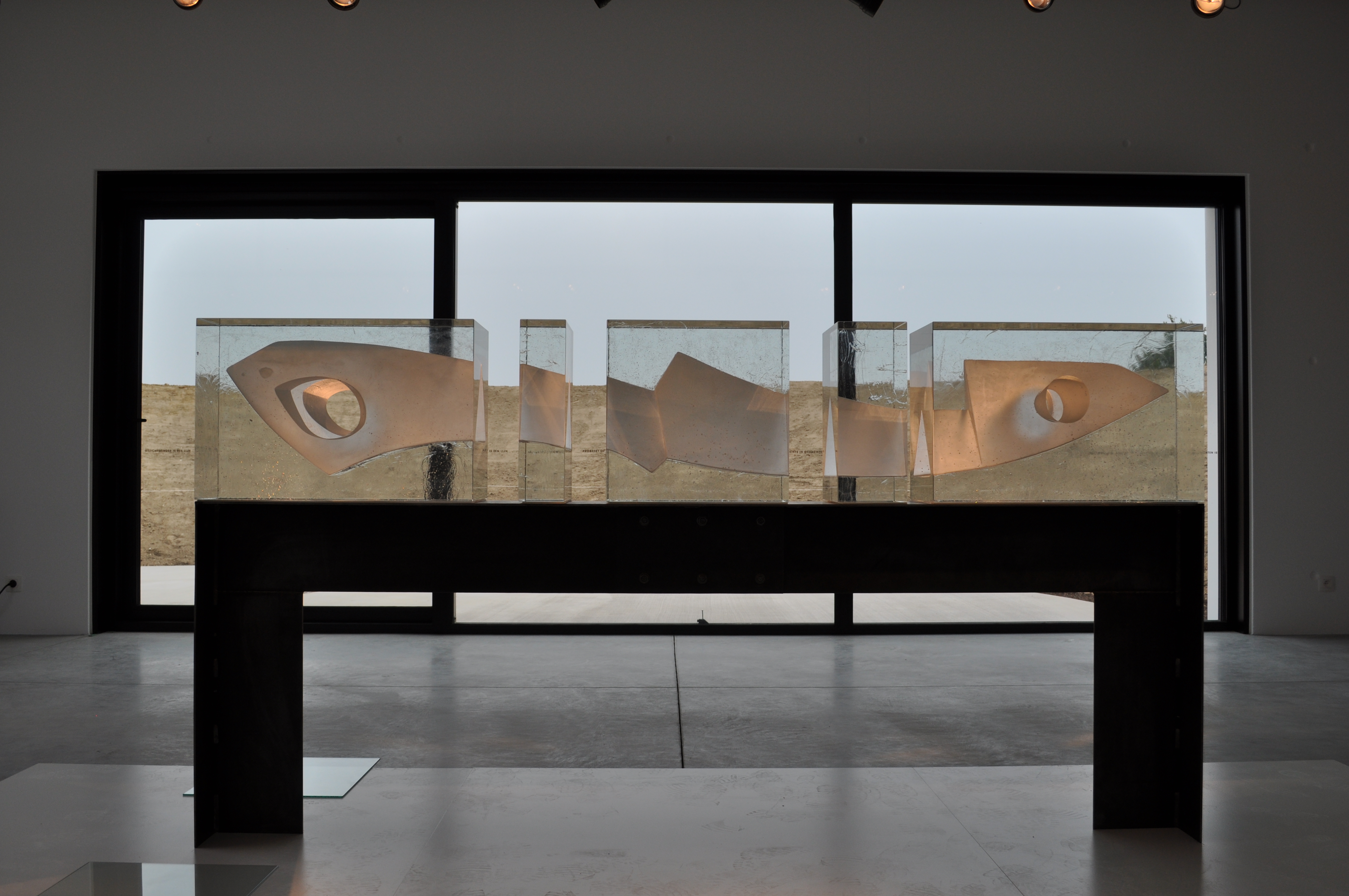
past memory , Han de Kluijver

the movement of desire , Han de Kluijver
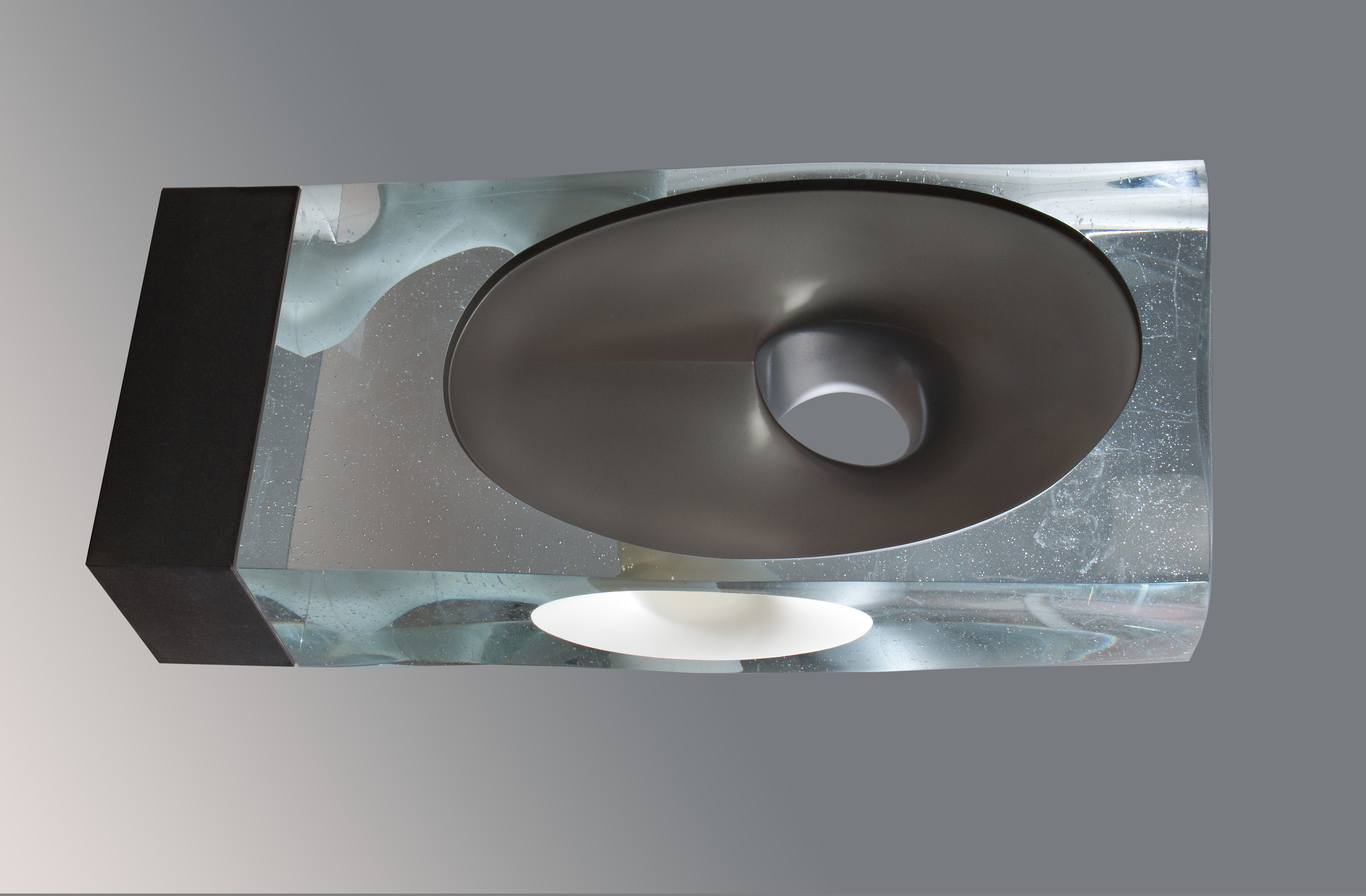
Anchored movement , Han de Kluijver
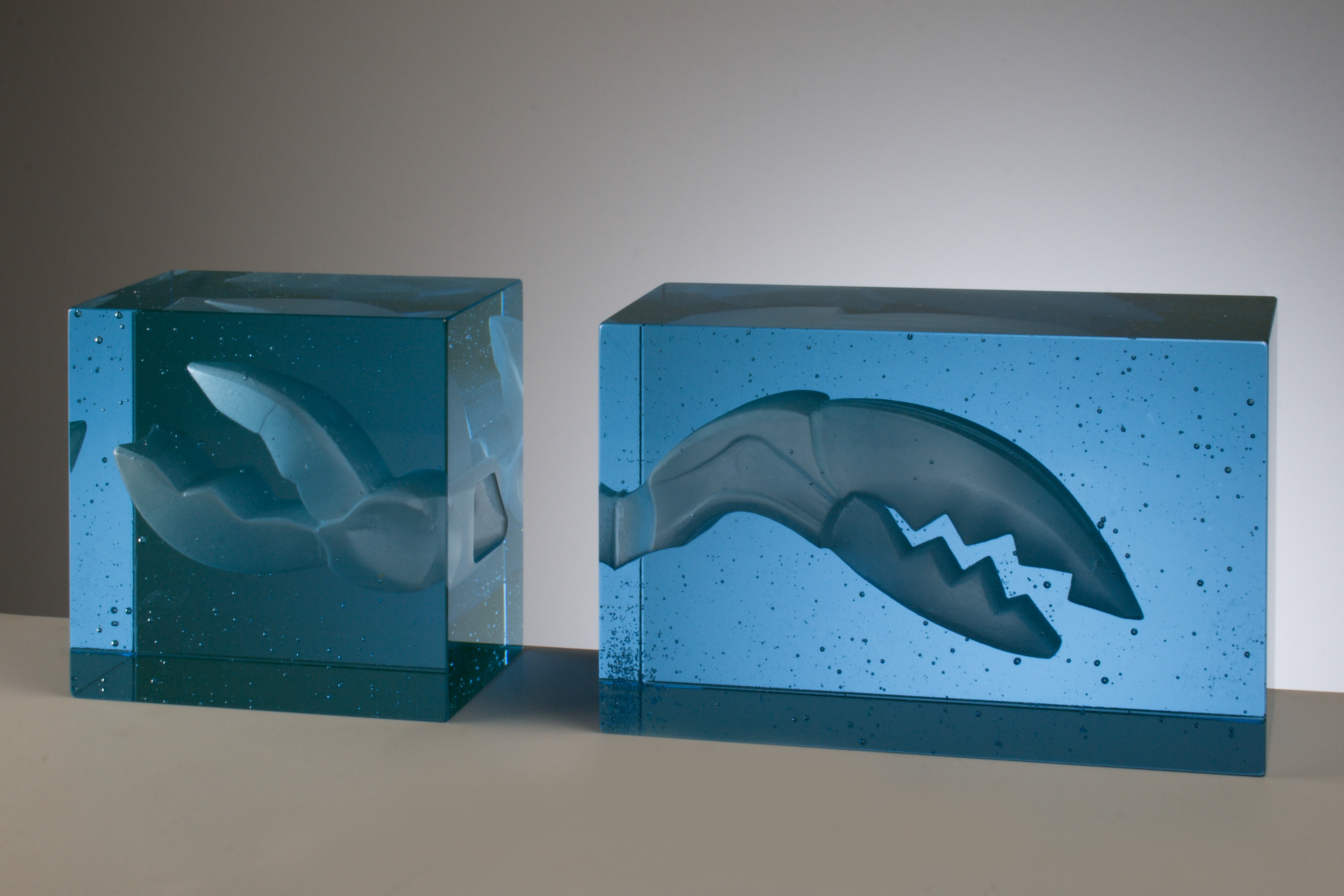
een repetitie voor de eeuwigheid , Han de Kluijver
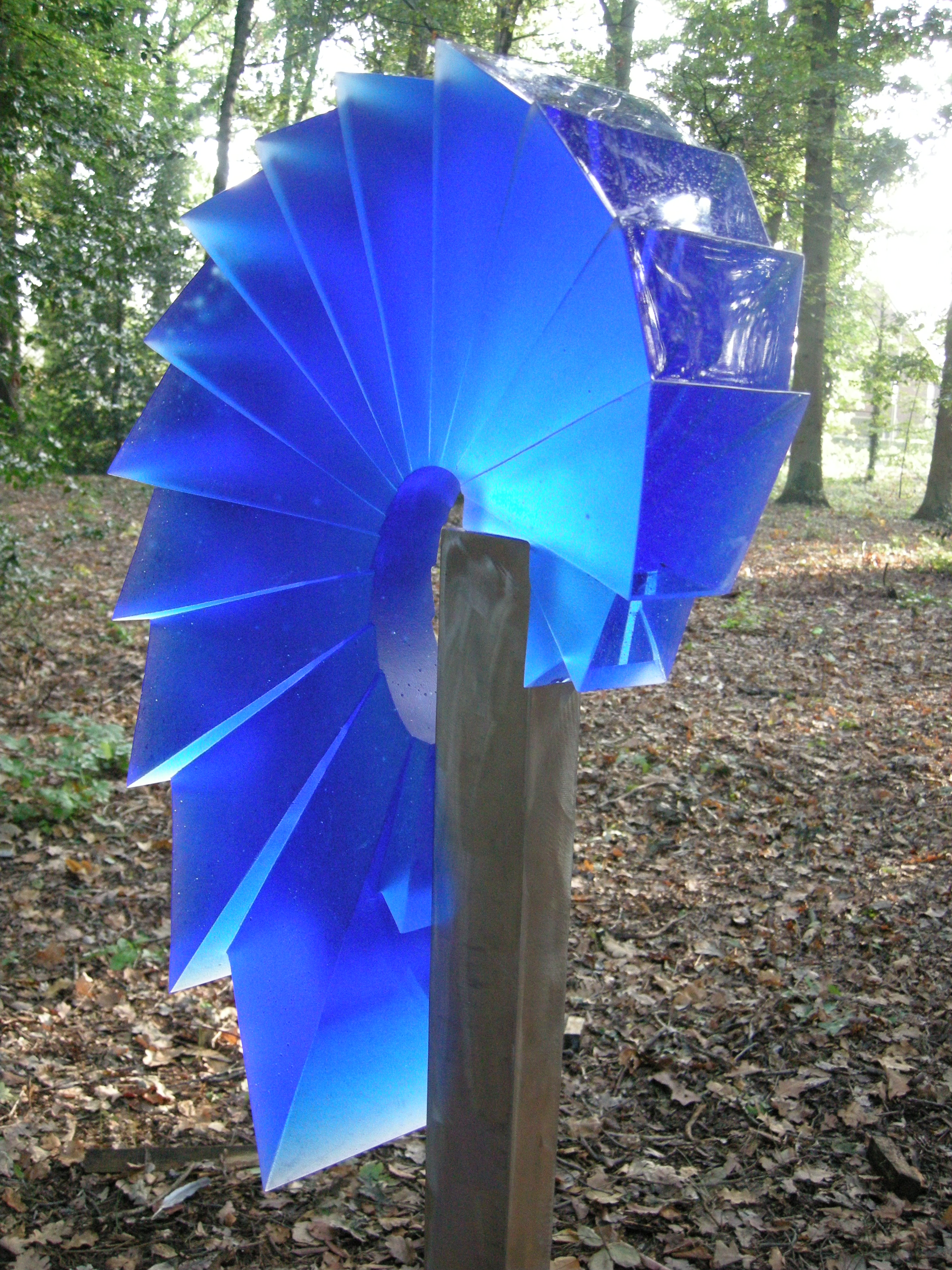
vloed , Han de Kluijver

poetry of space , Han de Kluijver

mummified emptiness , Han de Kluijver
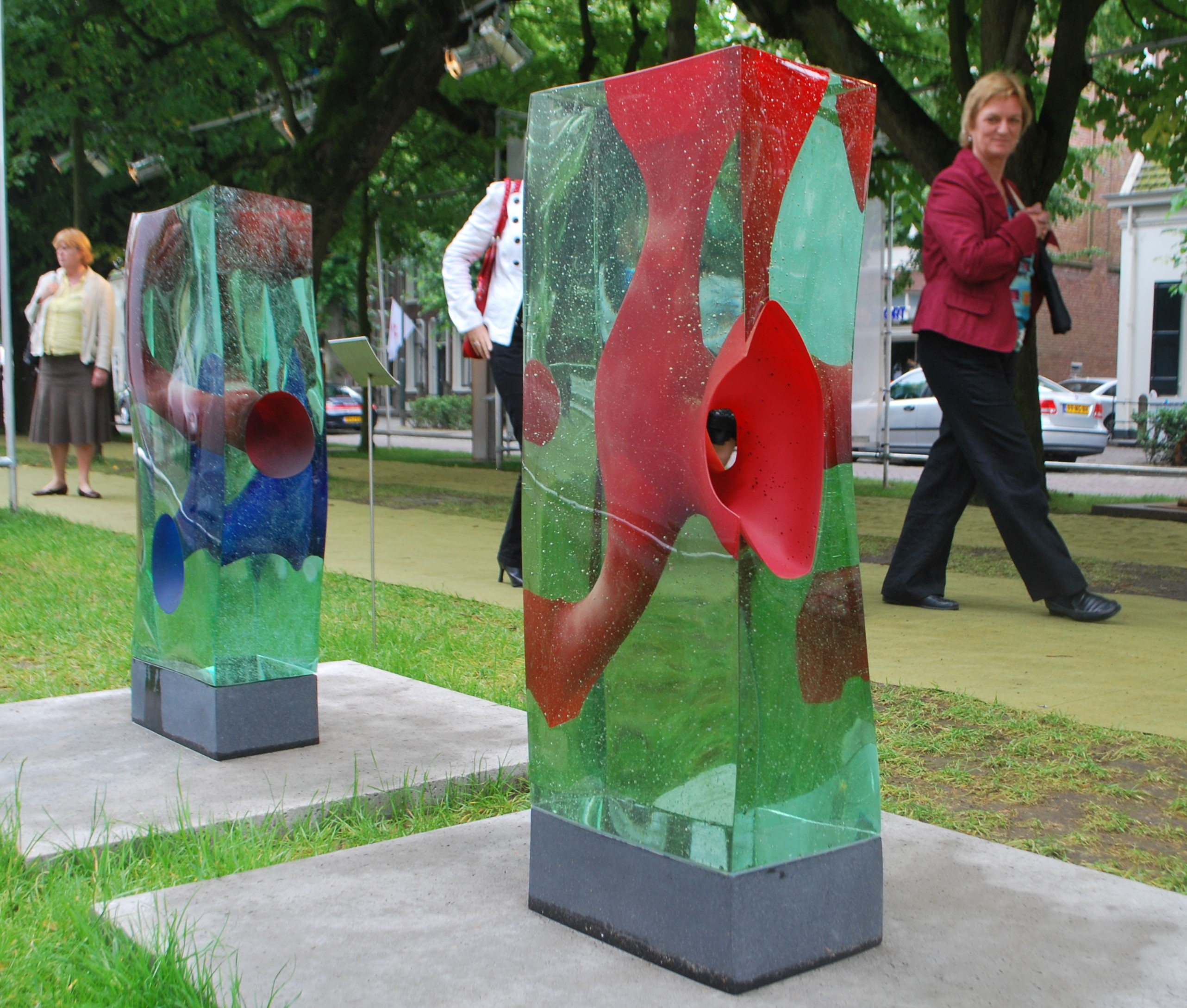
hidden world , Han de Kluijver
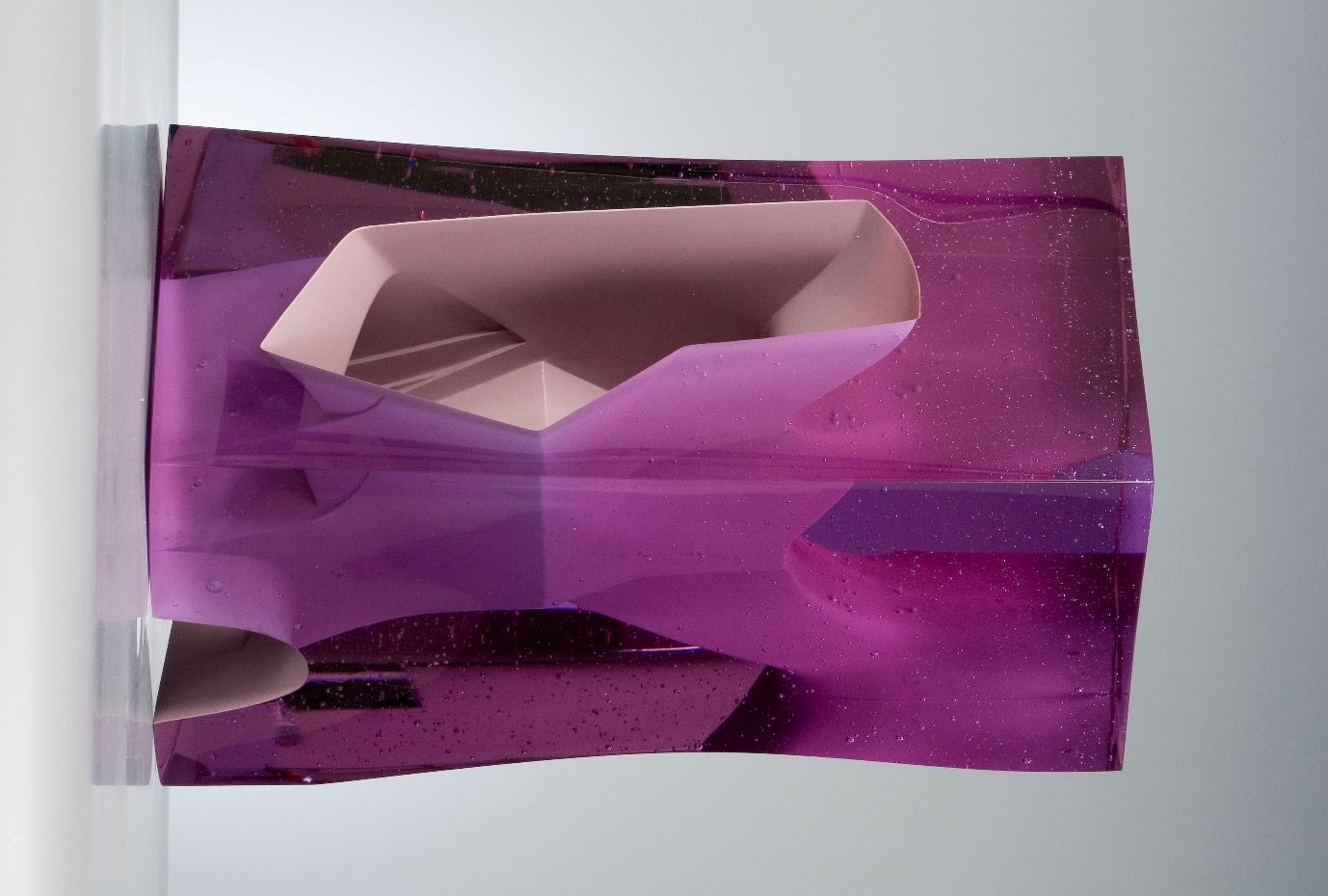
mesocosm , Han de Kluijver